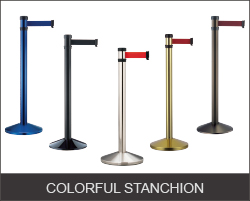| Describe |
The steel contains both chromium (usually 18%) and nickel (usually 8%) metals as the main non-iron constituents. It has a higher corrosion resistance than regular steel and is widely used because of the ease in which it is formed into various shapes. |
Type 201 Stainless Steel 201 uses a combination of chromium, nickel, and manganese that reduces the amount of nickel necessary for production. This makes it cheaper in general than the 304. |
|---|
| Element |
8.1% Nickel and 1% Manganese
- Corrosion-resistant (The higher the better)
- Welding ability (The higher the better)
| Manganese |
2.0 Max |
|---|
| Chromium |
17.5 to 19.5 |
|---|
| Nickel |
8.0 to 10.5 |
|---|
| Nitrogen |
0.10 Max |
|---|
|
4.5% Nickel and 7.1% Manganese
Nickel(4%) is replaced by additions of manganese and nitrogen.
| Manganese |
5.5 - 7.5 |
|---|
| Chromium |
16 - 18 |
|---|
| Nickel |
3.5 -5.5 |
|---|
| Nitrogen |
0.25x |
|---|
|
|---|
| The effect of “Nickel” |
- Corrosion-resistant (The higher the better)
- Welding ability (The higher the better)
|
|---|
| Corrosion Resistance |
This image is the result of spray salt water through 575 hours.

- 304 : 304 stainless steel with 8.1% of Niken.
- 4Ni : 201 stainless steel with 4% of Niken.
|
|---|












